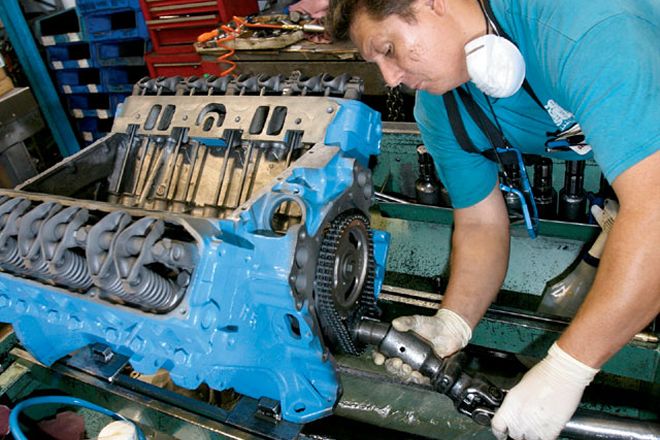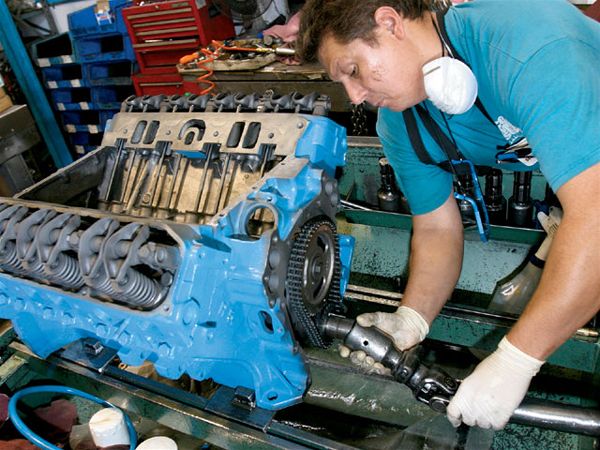

If big is good, then bigger is better. That's what we thought when we decided to rebuild our 440 Dodge block, instead of slapping in a 360 from a junkyard just to get down the road. While these big-block beasts haven't been produced since 1978, there are still plenty of them running strong in trucks, cars, motorhomes, and a few Jeeps. While a small-block swap would have been quicker and cheaper, it wouldn't have produced the torque and horsepower we needed, so a stock style rebuild was in order. Why stock? For our application it was simple; stock is simply the most reliable and durable way to go. We didn't need fancy high-rise manifolds and lumpy cams, and living in California we have this nasty problem with the emissions inspectors. They mandate stock or approved items on the engine to pass inspection, even though it may sniff dead clean at the tailpipe. We felt that 440 cubes of big-block power was more than enough, and knew that a slight rebore and a RV type of cam could help the engine breathe well enough to satisfy us-for now at least. Our engine had melted two pistons before we owned it, due to an overheating problem blamed on the radiator. Already taken apart and shoved into boxes, cans, and crates, the remains were left out in the rain to rot, which is why we got a good deal on the basket case.
With parts in hand, we went down to our friends at Coast Motor Supply in Canoga Park, California. Coast has been building engines for years, and specializes in fleets and companies that require reliable rebuilt engines. We discussed our project with the owner, Owen Carter, and came up with a plan to do all the machine work and show the process along the way. What we did was stick to the original design idea of the engine without too many hoorah parts for reliability. Upgrades are good, but sometimes compromise the end result. Here's what we came up with for a torque-devil 440 engine.
Not all 440s are created equal, and while all are good, some are better than others. For instance, early style engines come fitted with forged cranks and a host of other important items aimed at the race crowd. However, for most 4x4 and towing uses these upgrades and improvements aren't critical, but if you have a choice at the same price then go for the good stuff. Here's a few numbers we pulled to show what means what.





 PhotosView Slideshow
PhotosView Slideshow








 PhotosView Slideshow
PhotosView Slideshow








